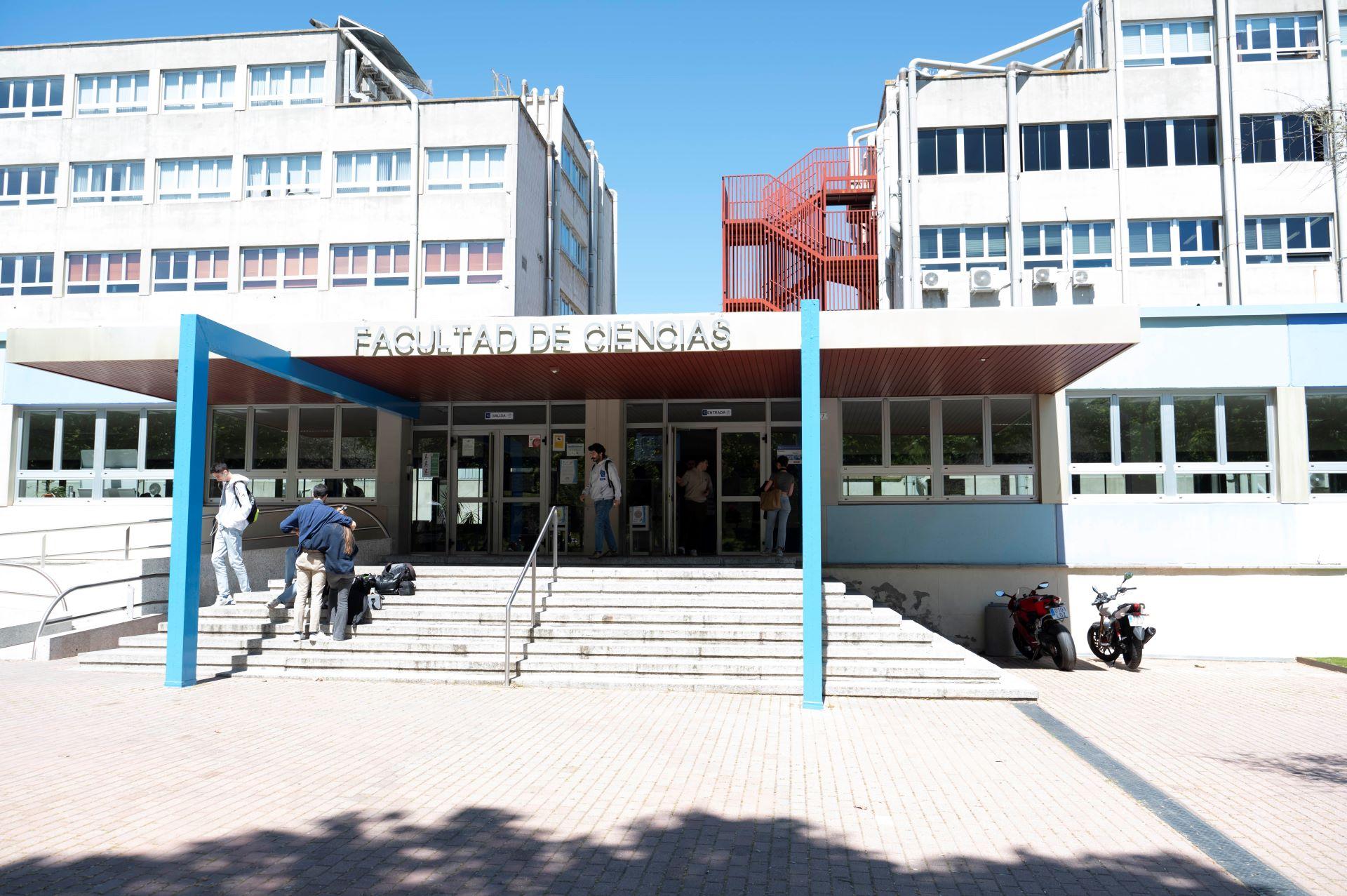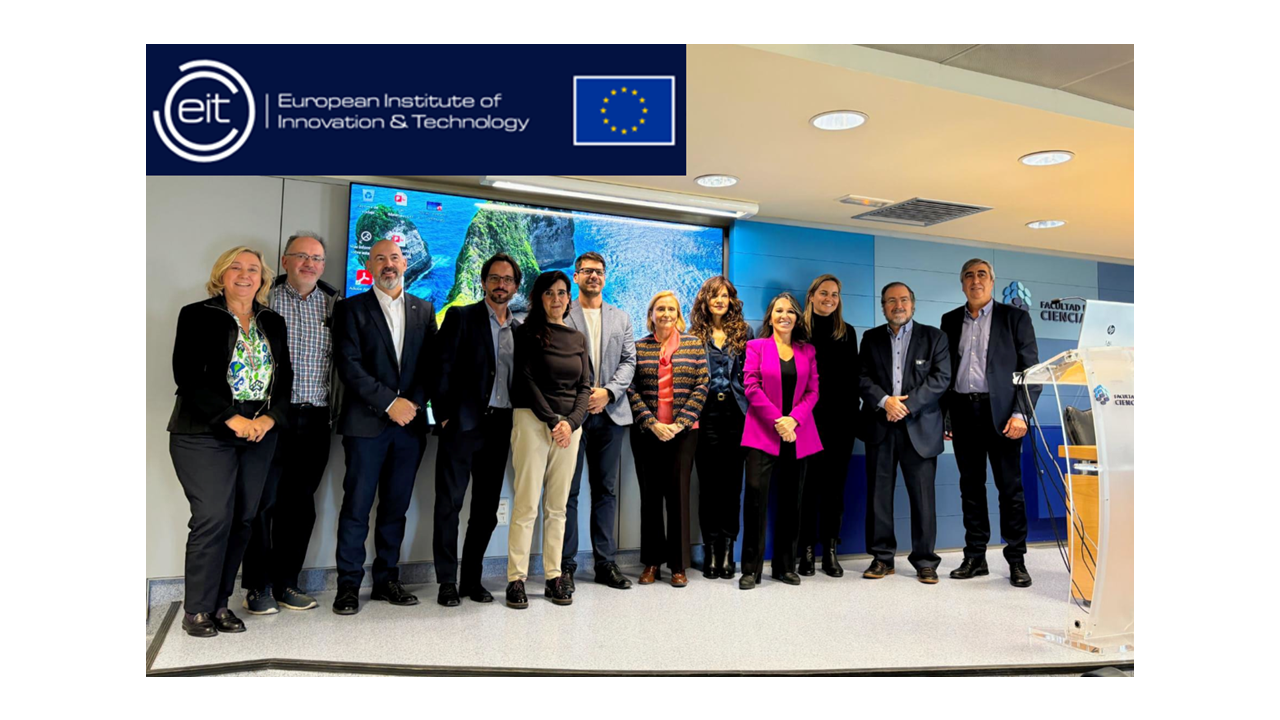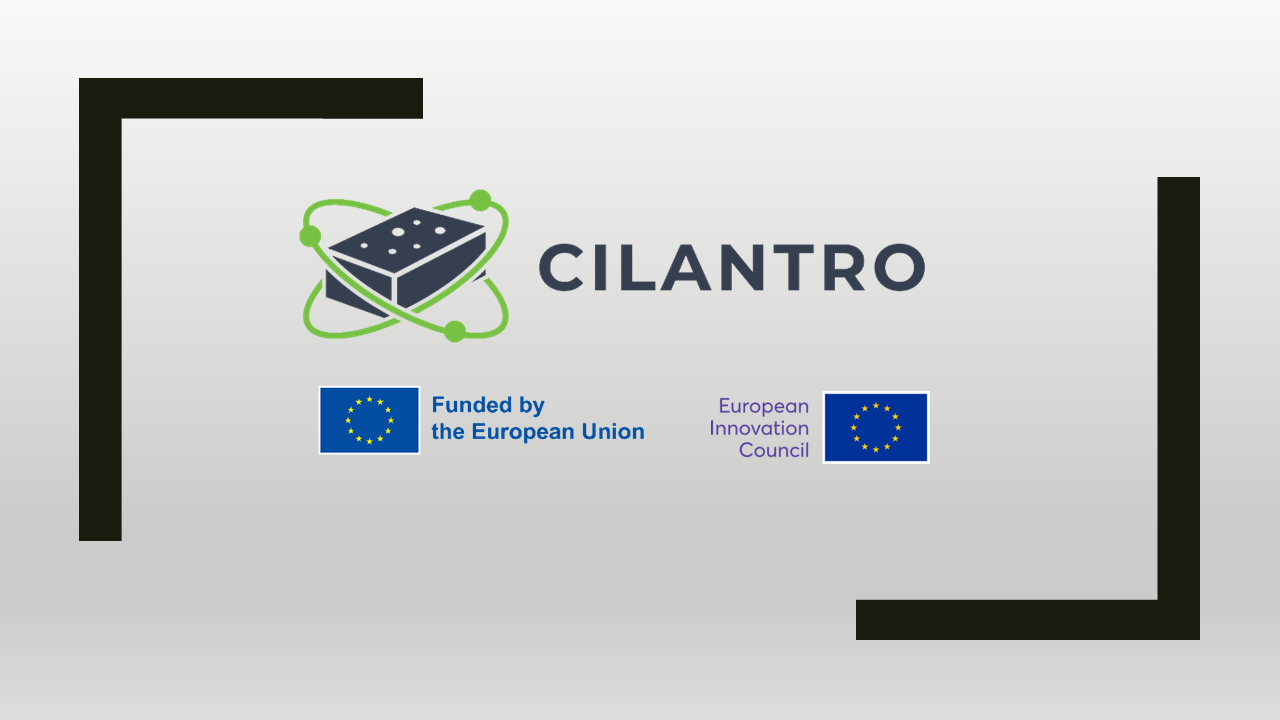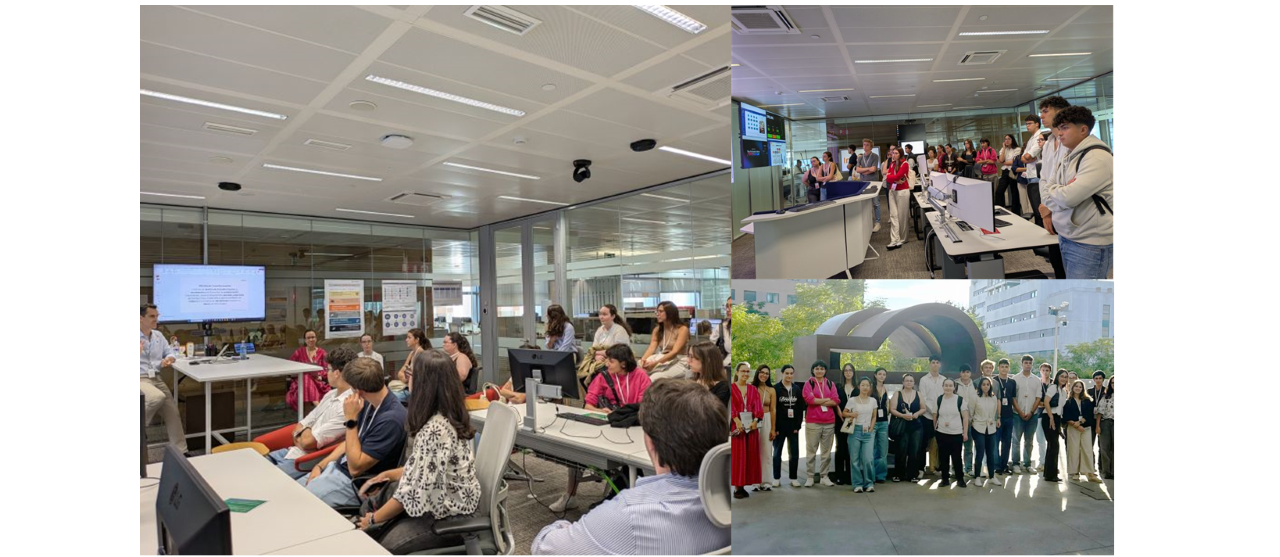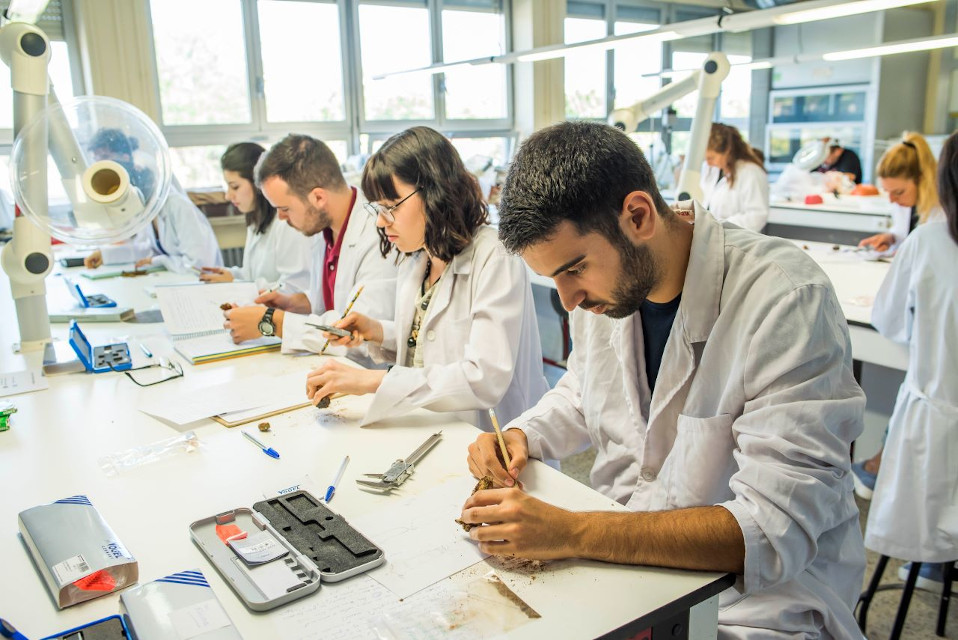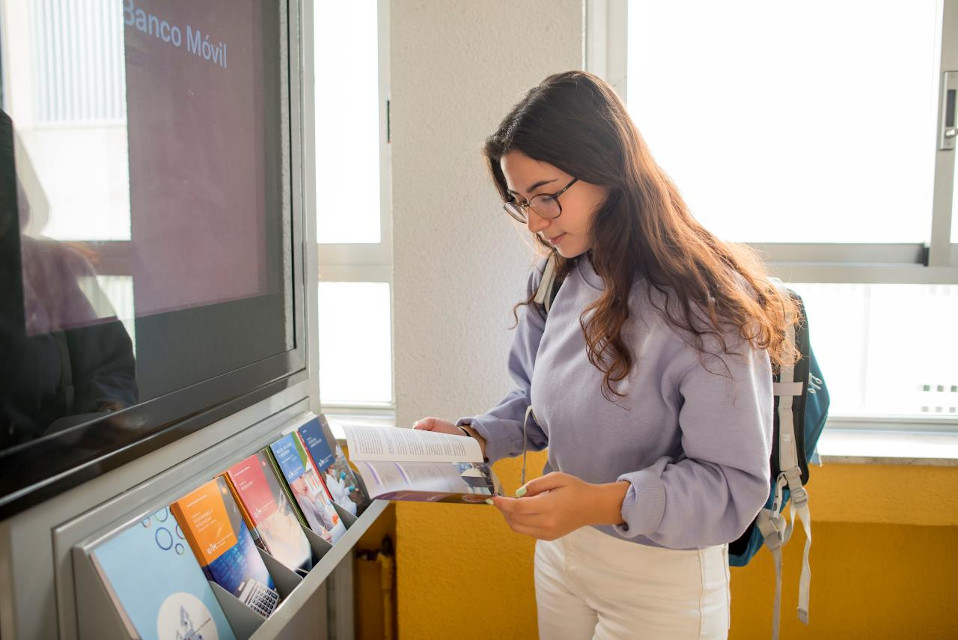Actualidad
Celebración del EIT Day en la Facultad de Ciencias
Celebración del EIT Day en la Facultad de CienciasJosé Manuel Sánchez Ron, catedrático emérito de la Facultad de Ciencias de la Universidad Autónoma de Madrid, obtiene el Premio Internacional Menéndez Pelayo
José Manuel Sánchez Ron, catedrático emérito de la Facultad de Ciencias de la Universidad Autónoma de Madrid, obtiene el Premio Internacional Menéndez PelayoLa Universidad Autónoma de Madrid participa en un proyecto Pathfinder CHALLENGE
La Universidad Autónoma de Madrid participa en un proyecto Pathfinder CHALLENGEEstudiantes de la Facultad de Ciencias visitan Repsol dentro del programa Conecta Empresa de la OPE-UAM
Estudiantes de la Facultad de Ciencias visitan Repsol dentro del programa Conecta Empresa de la OPE-UAM